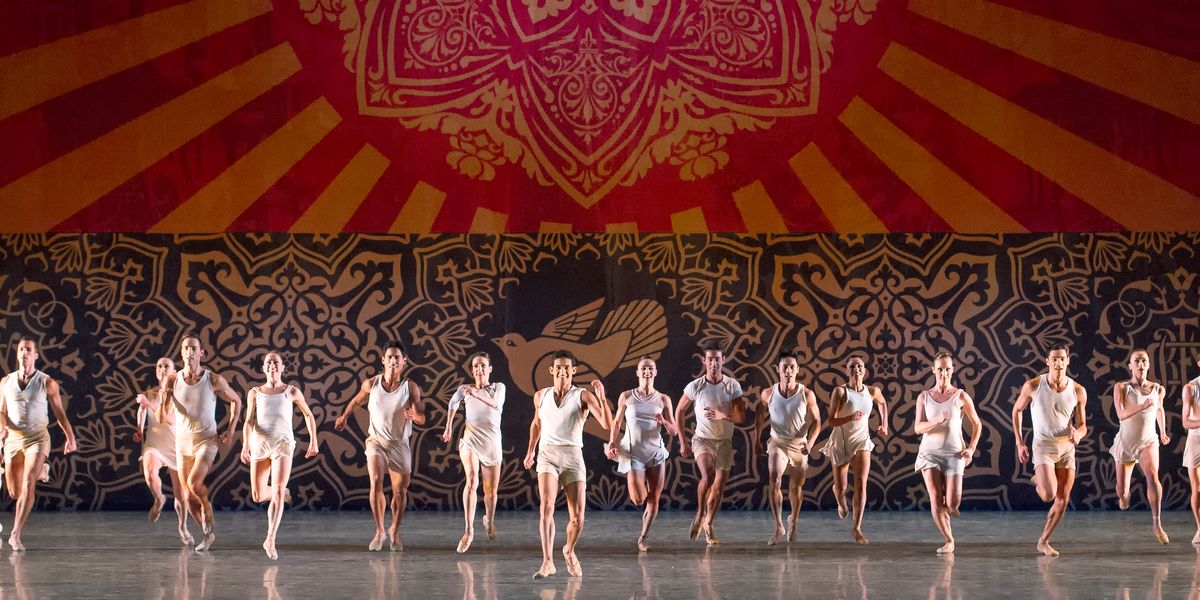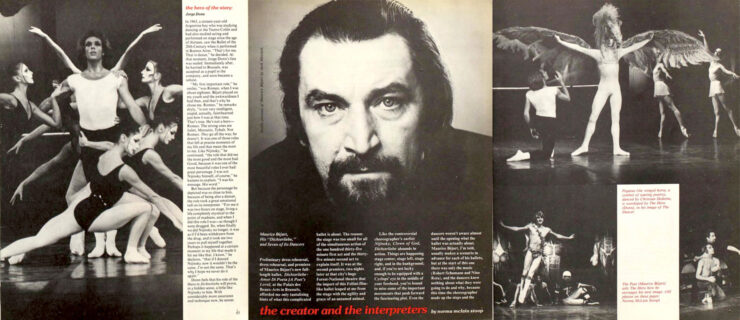Everything You Need to Do to Become a Faster Mover
As a teacher, Ashley Tuttle is known for her lightning-fast petit allégro combinations. But her students might be surprised to learn that speed did not come naturally to her. “When I joined American Ballet Theatre at 16, I was an adagio dancer,” says Tuttle. “I had to learn to be fast.”
Many dancers immediately become tense when they think about moving faster, causing their bodies to stiffen and their shoulders to creep up. As counterintuitive as it may feel, you will find more success in doing the opposite. “To go faster, we have to go deeper and breathe more expansively,” says contemporary teacher and choreographer Kristin Sudeikis. Even if speed doesn’t come naturally, you can become a faster mover by working on your physical and mental agility.
Speed Up Your Technique
Traveling Phrases:
Use weight shifts to your advantage. “I think of pushing off from where I came from,” says Sudeikis. “If I’m traveling quickly downstage, I think of the backbody propelling me. If I’m moving quickly to my right, I’m going to think of pushing off from my left.”
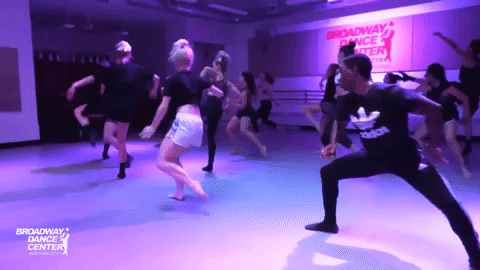
Kristin Sudeikis’ class at Broadway Dance Center, via Giphy
Turns:
“If you have to do a fast sequence of turns, make sure your hips are getting all the way over your standing foot with no back arch,” says Tuttle. If this is something you struggle with, try practicing just the push-off for quick traveling turns, like piqués and chaînés, making sure your hips arrive over your standing foot each time.
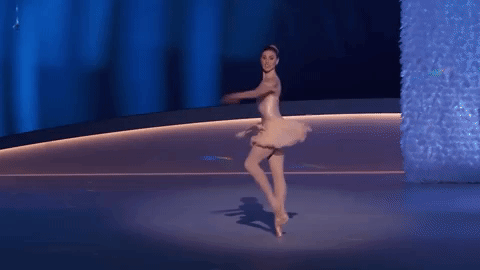
Tiler Peck in Balanchine’s Who Cares? via Giphy
Jumps
: For fast jumps, Tuttle recommends keeping your weight toward the front of the foot, but cautions that heels should still be on the floor when you land. Also identify whether the accent of each jump is up or down. Tuttle points out that those distinctions begin at barre, with dégagés and tendus. “When you emphasize bringing your leg into fifth, that’s a different exercise than tendu with the accent out,” she says.

Ashley Bouder in Balanchine’s Serenade, via Giphy
Condition With Quickness in Mind
Core:
“The stronger your core is, the more quickly your body will move through space as a whole,” says Michelle Rodriguez, a physical therapist who works with dancers. She suggests strengthening the bottom half of your relevé to build speed and control. With the knee straight or in a slight plié, lift the heel halfway up from the floor. Try 10 repetitions on each side, barely holding on to a barre or the wall. “You’ll be surprised how strong of a core that requires,” she says.
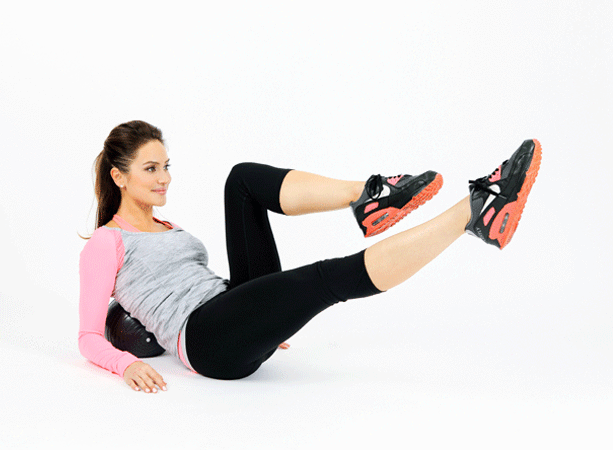
via Giphy
Footwork:
Precise, powerful footwork is a must, especially for tall dancers, whose feet are likely to be longer. Rodriguez recommends breaking a step down into parts and repeating each element slowly, to improve precision, and gradually increasing the speed. Or, take exercises you already know—like relevés—and incrementally speed them up. She also suggests small, fast single-leg hops. Hop forward and sideways, in sets of 10 repetitions, to improve balance and ankle stability.
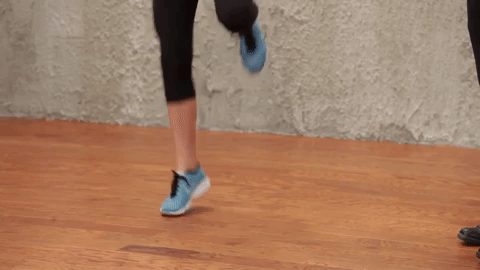
via Giphy
Endurance:
Moving quickly requires extra stamina, so cardio training outside of rehearsal is a must.
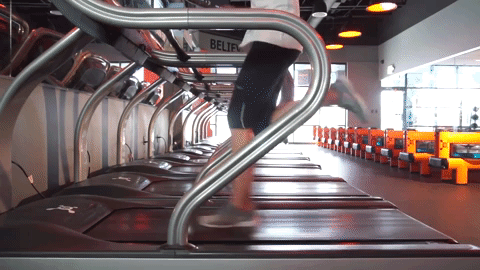
via Giphy
Recovery:
Fast movement is taxing on the body. “After doing any of these exercises or after rehearsals with quick choreography,” says Rodriguez, “massage your calves with a ball and take time to stretch out.”
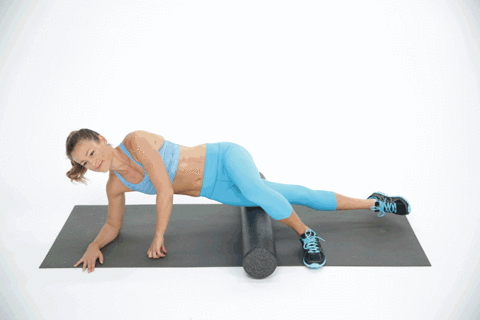
via Giphy
Visualize Successful Speedwork
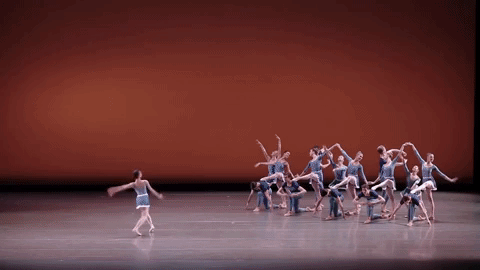
Pacific Northwest Ballet in Justin Peck’s Year of the Rabbit, via Giphy
Sometimes, it’s a mental block that gets in the way of moving faster. During her time at American Ballet Theatre, Ashley Tuttle realized that the way she had been visualizing her movement wasn’t helping her performance. “I was seeing myself from the point of view of the audience, from a place of judgment,” she says. “Instead, I started to visualize how I wanted to feel, focusing on my musicality.” Rather than imagining all the mistakes you might make while executing fast choreography, build confidence by picturing a successful performance.
